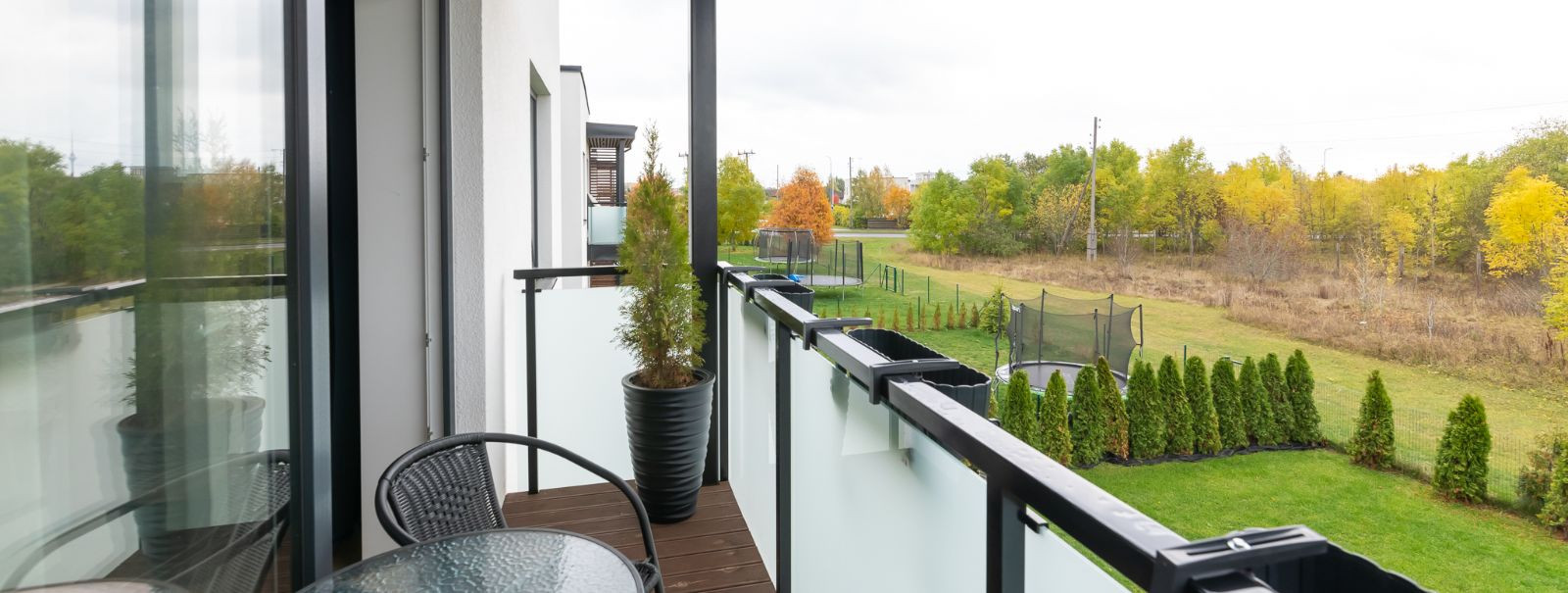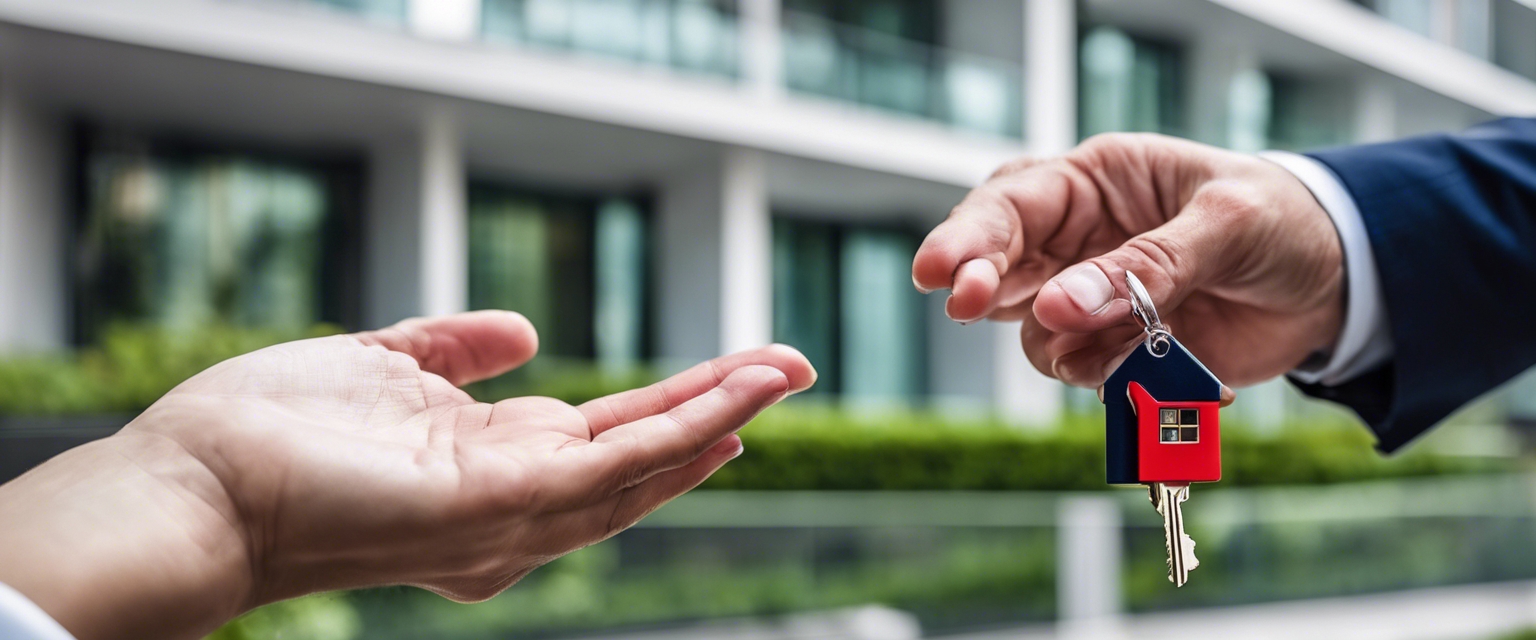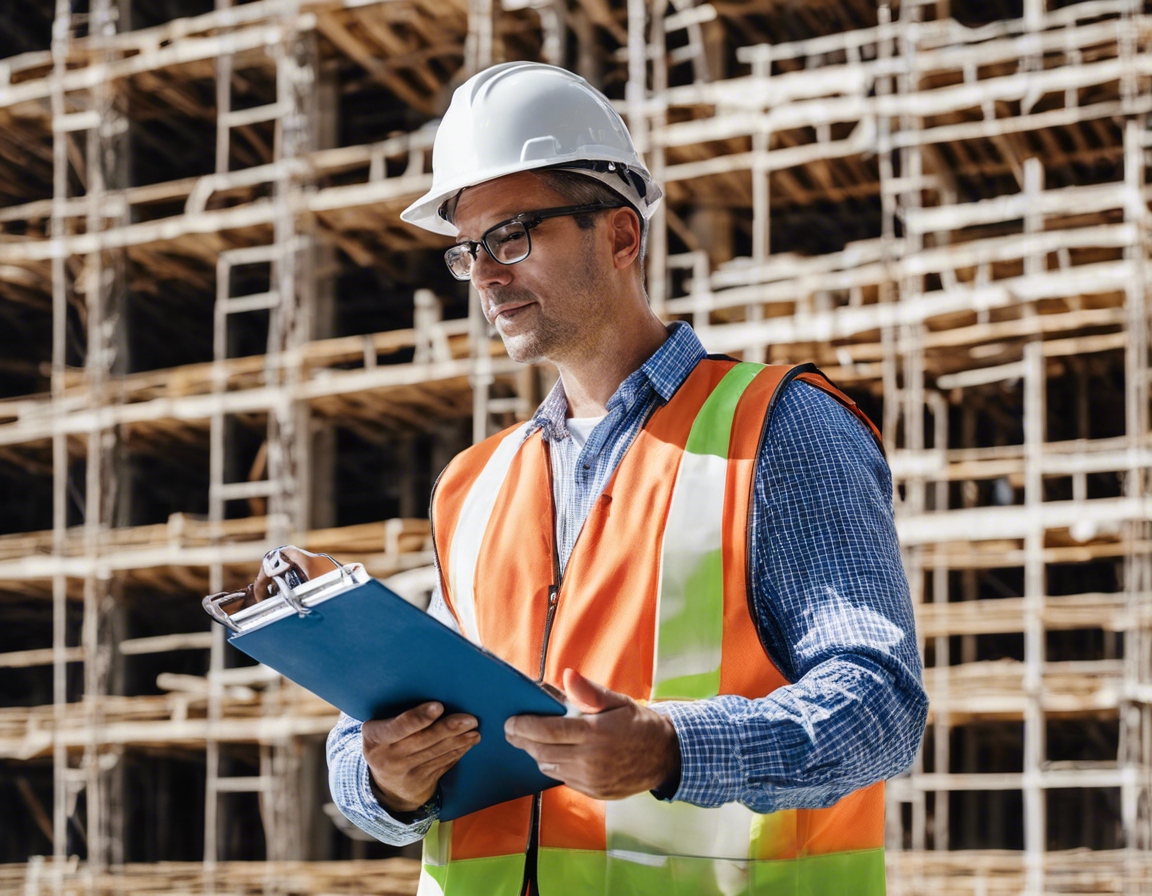5 trends shaping new developments in 2023
As we navigate through 2023, the real estate landscape continues to evolve, influenced by changing lifestyles, technological advancements, and a growing emphasis on sustainability. For working professionals, families, and property investors, understanding these trends is crucial for making informed decisions about future homes and investments. Here are five key trends shaping new developments this year.
1. Sustainable and Eco-Friendly Design
Developers are increasingly focusing on energy-efficient designs that reduce carbon footprints and lower utility bills. Features like solar panels, energy-efficient appliances, and high-performance insulation are becoming standard in new homes.
Green spaces are integral to new developments, with rooftop gardens, communal parks, and indoor plants enhancing air quality and providing residents with a touch of nature.
Smart home technologies that monitor and manage energy consumption are on the rise, allowing residents to live more sustainably without sacrificing convenience.
2. Health and Wellness Amenities
Developments are incorporating outdoor recreation facilities such as walking trails, bike paths, and sports courts to promote an active lifestyle.
Indoor amenities like gyms, spas, and air purification systems cater to the health-conscious, ensuring wellness is just a few steps away.
Community wellness programs, including yoga classes and nutritional workshops, are becoming part of the residential offering, fostering a sense of community and well-being.
3. Advanced Home Automation
Home automation systems that integrate heating, lighting, and security are providing unparalleled convenience and efficiency.
Security is a top priority, with developments incorporating advanced systems like biometric access and 24/7 surveillance.
Remote access to home systems via smartphones and tablets allows residents to control their living environment from anywhere, at any time.
4. Flexible Living Spaces
With the rise of remote work, homes with adaptable room designs that can serve as offices, gyms, or guest rooms are in demand.
Multi-functional areas that can transition from workspaces to entertainment zones are essential for modern living.
Developments are including dedicated home office spaces with high-speed internet and ergonomic features to meet the needs of remote workers.
5. Community-Centric Developments
Mixed-use spaces that combine residential, commercial, and leisure facilities offer convenience and foster a vibrant community atmosphere.
Proximity to public transportation and walkable neighborhoods are prioritized to enhance mobility and reduce reliance on personal vehicles.
Developments are designed to encourage social interaction with communal areas, event spaces, and digital platforms that connect residents.






Comments (0)